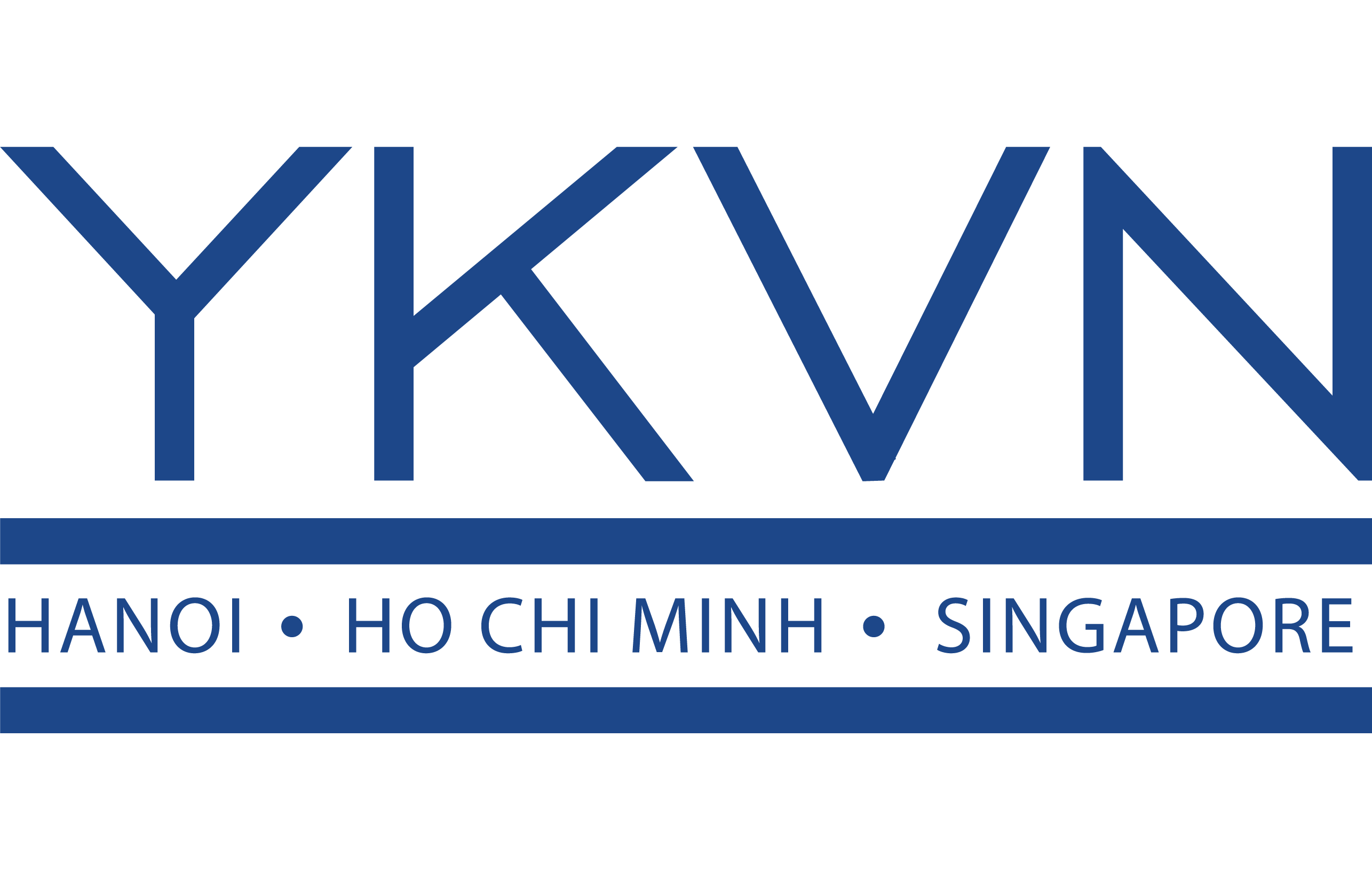CHAMBERS ASIA-PACIFIC 2023 GUIDE
Vietnam: An Introduction to Dispute Resolution
January 20, 2023

- Current economic conditions
Post-pandemic, the Vietnamese economy turned in a robust performance thanks to consumption recovery, strong exports and the resumption of international travel. In the third quarter of 2022, GDP growth beat all forecasts to reach 13.67% year on year, bringing the nine-month growth to 8.83%. Inflation was under control at 4%. According to the World Bank, GDP growth expected to reach 7.2% in 2022, making Vietnam the fastest growing ASEAN economy. While the current conflict in Ukraine creates an element of uncertainty for the short and medium-term global outlook that cannot be discounted for Vietnam and the region, the longer-term outlook remains bright for Vietnam, driven by continuing population growth and the ongoing restructuring of the US-China economic relationship fueling FDI.
- Dispute Resolution in Vietnam
Faster economic growth has in turn triggered more litigation in multiple areas. Indeed, substantial economic stakes create an incentive for the pursuit of litigation or arbitration to a final adjudicated result. Three areas have seen significant increases: international arbitration, commercial litigation and white-collar prosecutions.
In international arbitration, dispute values have increased dramatically up to USD3 billion in one case involving offshore oil and gas fields. In another case from the oil patch the aggregate value of the claims and counterclaims, over a course of dealings spanning 20 years or more, exceeded USD310 million.
The Singapore International Arbitration Centre (SIAC) is becoming an increasingly popular forum for the resolution for disputes of growing complexity. Cases range from shareholders’ disputes in investment transaction gone sour, disputes between foreign and Vietnamese developers in failed joint ventures, to more basic sale of goods transactions. Vietnamese lawyers are appearing with increasing frequency in these disputes. A Vietnamese lawyer is serving his second term on the SIAC Court of Arbitration.
The Vietnam International Arbitration Centre (VIAC) is also developing at a fast pace. 270 new cases in 2021 represent an increase of 21% compared with 2020. 39.2% of these cases involved a foreign investor or a foreign invested party. Dispute value and dispute complexity are also rising in tandem. A recent professional liability case had substantial monetary as well as reputational stakes. VIAC recently issued litigation guidelines to better align its practices with best international practices.
Turning to commercial litigation, land price inflation, tied to the growth of the Vietnamese economy and the maturing of the foreign investment sector, has resulted in litigation with increasing stakes and complexity. For instance, a Vietnamese subsidiary of an Indonesian listed company prevailed, at trial and on appeal, to retain land worth almost USD9 million which a Taiwanese company was attempting to acquire for a much lower price under contracts the courts in Vietnam ultimately held to be invalid. In another case, a crane accident at the new port of Hai Phong required both court litigation and administrative proceeding among multiple parties, including the container terminal and the insurance company, to resolve the initial damages exceeding USD20 million.
Escalating land prices were also at the root of major corruption prosecutions. The most prominent case involved 156 properties in the centre of Ho Chi Minh City. Another involved a massive corruption scandal in Binh Duong province. Two other large corruption scandals involved profiteering during the pandemic. The first related to the importation and nationwide distribution of COVID test kits at over-inflated prices. The other related to the arrangement of repatriation flights for Vietnamese residing overseas during the pandemic. All in all, these prosecutions are remarkable for the number of defendants involved and the complexity of the transactions at issue, as well as the senior status of some defendants.
Partners of major law firms have begun to appear in these high-profile white-collar cases, especially those involving complex transaction structures implemented over extended periods of time as part of the allegedly corrupt scheme. In one case, a Vietnamese company was found to be a purchaser in good faith for value based upon the evidence in the case and a novel application of the article of the Civil Code that defined the concept of a good faith purchaser.
Given these major trends, dispute resolution is expected to be a major source of growth for the Vietnamese legal market in the foreseeable future.
- Development of the Rule of Law
A positive consequence of the integration of Vietnam into the global and regional economy has been the further development of the Rule of Law. The promulgation of specific judgments as precedents by resolutions of the Judicial Council of the Supreme People’s Court, consisting of all Justices of the Supreme People’s Court, is a major step in the development of the Rule of Law.
Resolutions of the Judicial Council have the force of law. The resolution setting out the procedure for the promulgation of precedents also specifies that lower courts must apply precedents to “legally similar fact patterns” and, should they choose not to do so, they must explain their decision in the opinion deciding the case.
From November 2021 to September 2022 the Judicial Council promulgated thirteen precedents in the following areas: –
Commercial: 1 –
Civil: 5 –
Penal: 4 –
Administrative: 1 –
Family law: 1
These additions bring the total number of precedents to 56 as follows: –
Commercial: 10 –
Civil: 29 –
Penal: 10 –
Administrative: 3 –
Family law: 3 –
Labour: 1
This growing body of judge-made law will undoubtedly contribute to greater consistency in judicial decision-making. Greater transparency and consistency will probably facilitate more litigation as well.
In fact, Vietnamese cases have already had an effect on international arbitration of Vietnamese law-governed disputes. International arbitral tribunals, consisting mostly of non-Vietnamese lawyers, are more than happy to seek guidance from the promulgated Vietnamese precedents. Indeed, submissions in international arbitrations have also cited, in addition to official precedents, cases that counsel has deemed helpful to the arguments being advanced.
A final development worth mentioning is the delayed issuance of the Supreme People’s Court resolution providing new guidance to implement the codified provisions of the New York Convention. While the pandemic has caused delays in this process, drafts that have been released to the public suggest that, when issued, the resolution will definitely make Vietnam a more arbitration-friendly jurisdiction.
- Conclusion
There is reason for optimism when the impact of overall economic prospects of Vietnam at this point on the development of the dispute resolution practice in Vietnam is considered in conjunction with the development of the Rule of Law. As foreign investment has become an integral part of the Vietnamese economy, rather than a special sector, a more level and transparent playing field should be a welcome development.



